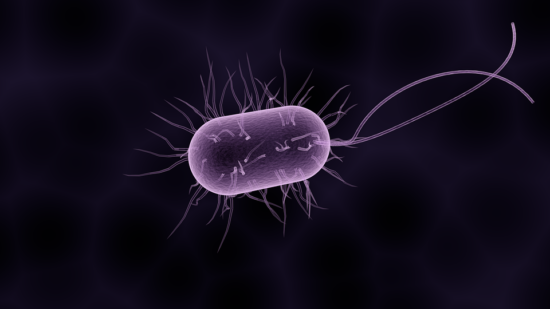Antibiotic resistance in Vibrio cholerae: Understanding the ecology of resistance genes and mechanisms
The unique genetic makeup and remarkable competency of Vibrio cholerae are the key factors that help the cholera pathogen adapt rapidly to adverse environmental conditions and resist the detrimental effect of antimicrobial agents. In the last few decades, V. cholerae that causes acute watery diarrhoeal disease cholera has emerged as a notorious multidrug resistant (MDR) enteric pathogen. Although chromosomal mutations can contribute to antimicrobial resistance (AMR), the frequent acquisition of extrachromosomal mobile genetic elements (MGEs) from closely/distantly related bacterial species are major players in V. cholerae drug resistance. Whole genome sequence analysis of clinical and environmental V. cholerae strains revealed that the genome of most of the recent isolates harbour integrating conjugative elements (ICEs), plasmids, superintegron, transposable elements and insertion sequences, which are the key carriers of genetic traits encoding antimicrobial resistance function. Different antimicrobial resistance genes identified in V. cholerae can contribute in antibiotic resistance by facilitating one of the following three mechanisms; (i) reduced permeability or active efflux of the antibiotics, (ii) alteration of the antibiotic targets by introducing post-transcriptional/translational modifications and (iii) hydrolysis or chemical modification of antibiotics. Here, we present an overview of the present insights on the emergence and mechanisms of AMR in V. cholerae.
AMR NEWS
Your Biweekly Source for Global AMR Insights!
Stay informed with the essential newsletter that brings together all the latest One Health news on antimicrobial resistance. Delivered straight to your inbox every two weeks, AMR NEWS provides a curated selection of international insights, key publications, and the latest updates in the fight against AMR.
Don’t miss out on staying ahead in the global AMR movement—subscribe now!







